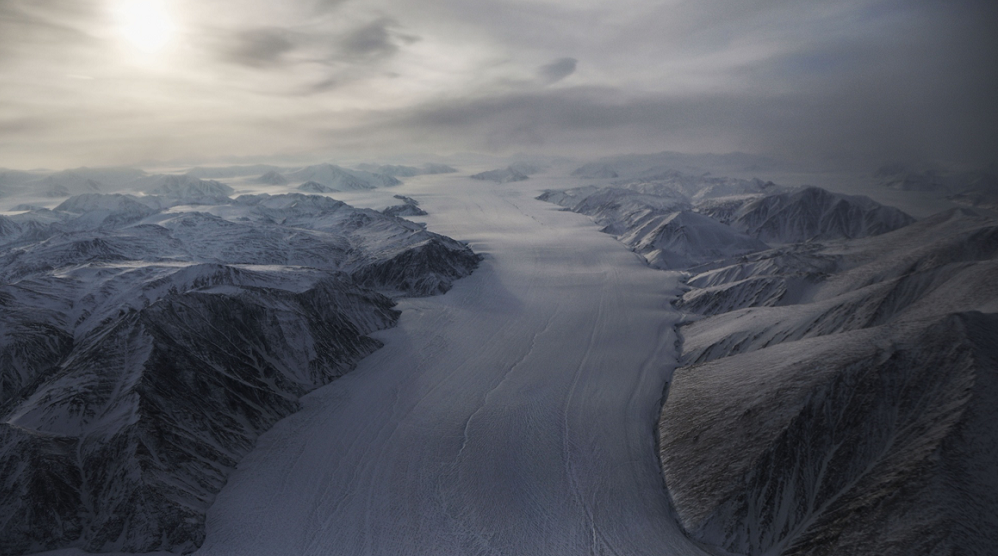It’s the Warmest Winter Ever and It’s the North Pole’s Fault
February 24, 2020 @ 13:22 +03:00
With just weeks left to go, the world is heading toward the warmest winter ever recorded as a strange brew of weather patterns at the top of the world combines with the mercury-boosting influence of climate change.
A stubbornly extreme low-pressure system over the North Pole has pulled the jet stream north, backing it up against the fast-moving winds that constantly ring the polar region. The result: A tight barrier that’s kept the cold locked in place, upsetting fall forecasts for an icy winter ahead.
Now, with temperatures 3° Celsius higher than the 20th century average across the contiguous U.S., the uniqueness of the pattern is expected to spark an avalanche of new research into its cause. If the trend continues through Feb. 29, when winter ends for meteorologists, it will set a global high for the season in U.S. records going back 141 years.
Last month marked the hottest January ever in Europe, according to the Copernicus Climate Change Service, with surface temperatures 3.1° C warmer than average. It was 5° C milder across much of Russia and parts of Scandinavia and eastern Canada, according to the U.S. National Centers for Environmental Information.
While the pressure system—dubbed the “Arctic oscillation”—tends to swing back and forth between low and high pressure, strengthening and weakening the surrounding polar winds, meteorologists say it’s rarely this intense and its hold rarely lasts this long.
It’s a mystery that will lead to new research on why it happened, and if it’s directly related to climate change given the fact that it comes at a time when the four warmest Januaries on record have all occurred over the last four years. The one upside to this winter is that it has allowed the Arctic to gain back some of its sea ice, which has been shrinking in recent winters.
It’s the Warmest Winter Ever and It’s the North Pole’s Fault, Bloomberg, Feb 24







